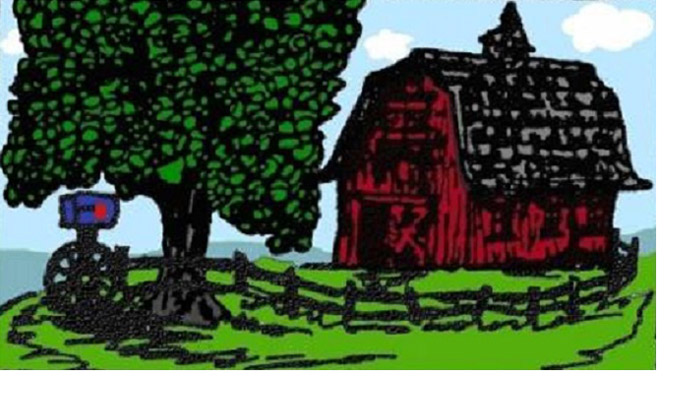Yellow jackets are not bees but are small yellow and black wasps up to an inch long. Bees are
vegetarian in all life cycle stages, but wasps eat meat during at least some portion of their life. They are either
predators or parasites of other insects, making them beneficial insects. Adults are useful pollinators as they
search for nectar.
Yellow jacket colonies can be in the ground, in walls, under decks and in hollow trees. Mud dauber wasps
make small nests of mud in places that don’t get rained on. Paper wasps make small paper nests in hidden
locations. Bald-faced hornets make huge paper nests that usually hang on tree branches but can also be
attached to buildings.
Most large worker wasps eat pollen or nectar and are attracted to sweet foods like cans of soda or rotting fruit.
They feed the young in the nest high-protein foods such as insects and spiders. Keeping human food sources
cleaned up, including the removal of fruit that falls off trees like crabapples will help reduce their interactions
with people.
There are thousands of species of wasps in the world, and most are the size of a fruit fly. Most wasps,
including the big ones, are beneficial because they pollinate flowers and eat caterpillars and spiders. On the
other hand, when they start taking over the patio or deck, they are hard to live with. Yellow jacket attacks can
be harmful to your health, so take precautions before exterminating the nest.
To prevent a huge buildup of wasps, the best time to start controls is in the spring. Wasp populations start with
a single female each spring, but by late summer when they are most noticed, a wasp hive can have thousands
of individuals.
The inside of a wasp hive is similar to a beehive with individual cells for the young to grow in, but there is no
honey, and the hive is typically abandoned over the winter and almost never used again. Just because there is
a wasp problem this year doesn’t mean there will be one in the future.
If possible, leave the nest alone, but if necessary, it can be removed. After dark, when all the wasps are home
for the night, set up a flashlight aimed at the nest opening. Don’t remain near the light. Wasps can and will
sting at night. Wear long-sleeved clothes with rubber bands on the entry points. Wasps tend to aim for the face
of their victims, so wear a head covering too. Spray the nest hole or holes with a wasp spray.
If the nest is in the ground, dig up the whole nest when the adults are dead to completely destroy the nest and
all the other life cycle stages that could continue to mature and hatch out of the nest. Stuff cotton balls that
have been soaked with the spray into the entry hole of nests that can’t be dug up or destroyed. Cover these
holes so pets can’t accidentally ingest the sprayed balls. Repeat sprays and more cotton balls may be
necessary for a couple of weeks on large underground nests.
